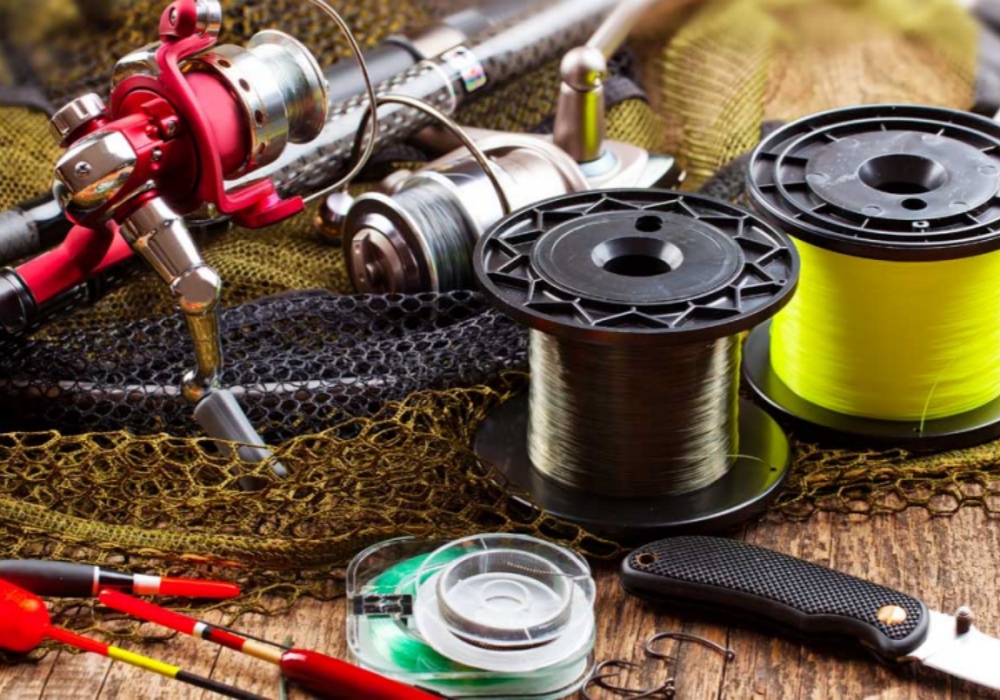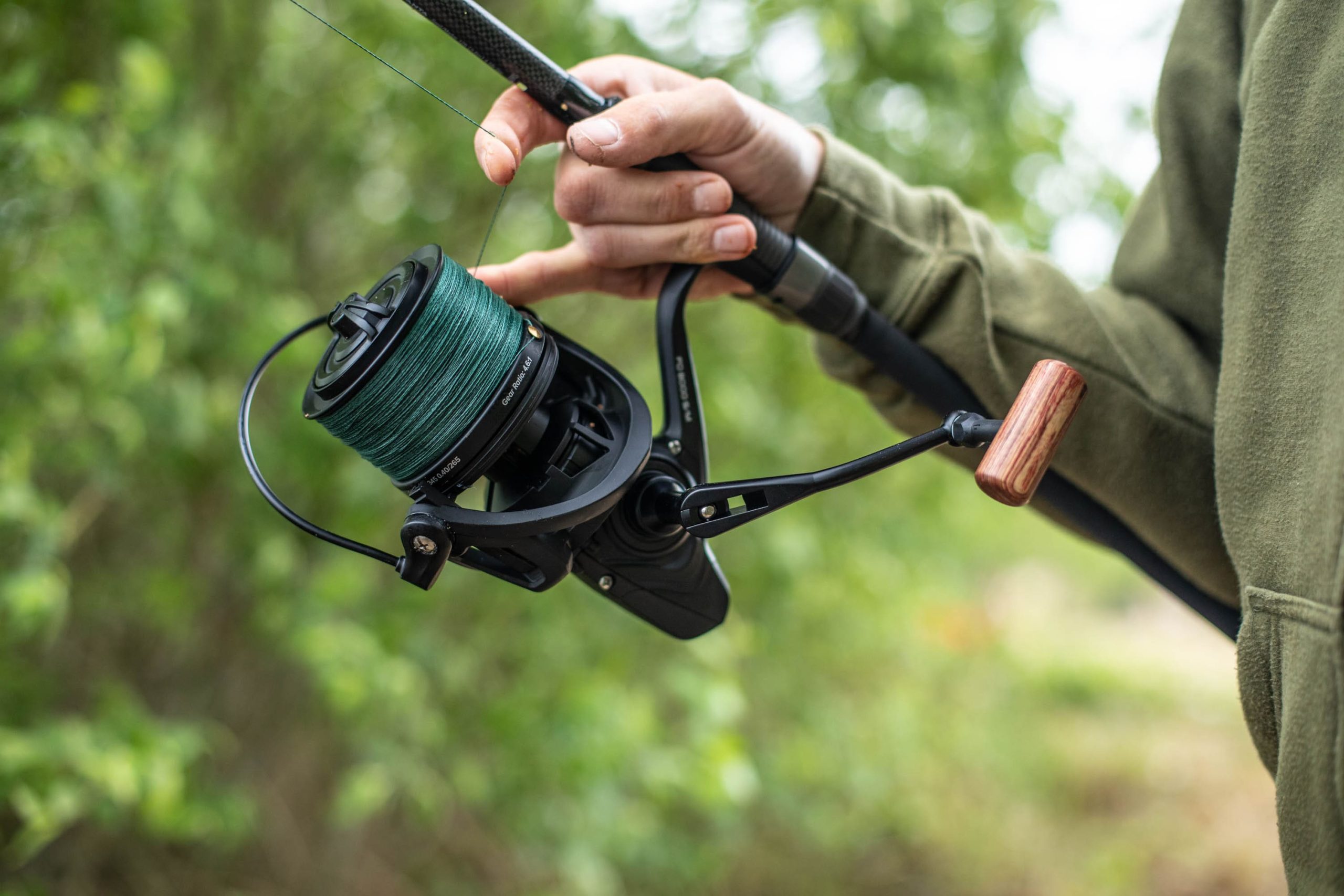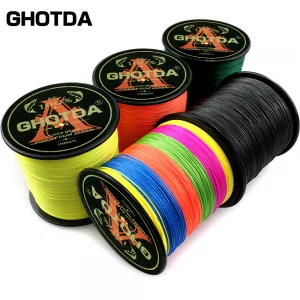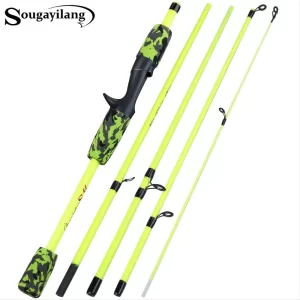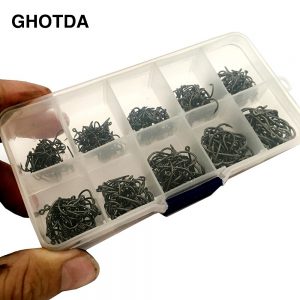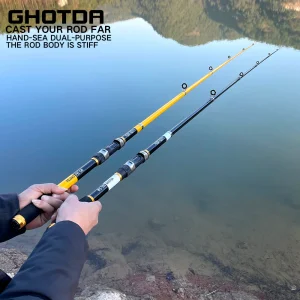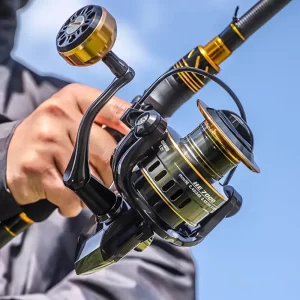Fishing lines are an essential component of fishing equipment, serving as the connection between the fisherman and the fish. Different types of fishing lines are available, each with its own unique characteristics and advantages.This guide will help you quickly understand the characteristics of various types of fishing lines
Monofilament Fishing Line
Monofilament fishing line is the most commonly used type of fishing line. It is made up of a single strand of plastic material that provides a strong, yet flexible connection between the fisherman and the fish. Monofilament fishing line is relatively inexpensive, easy to handle, and provides good knot strength. However, it is also more susceptible to abrasion and damage from UV rays, leading to a shorter lifespan compared to other types of fishing line.
Braided Fishing Line
Braided fishing line is made up of multiple strands of yarn or plastic material that are braided together to create a stronger and more durable fishing line. This type of fishing line is more expensive but provides better abrasion resistance, higher knot strength, and a longer lifespan. Braided fishing line is also less susceptible to tangling and knot tying, making it easier to cast and use. However, braided fishing line is also more difficult to handle and can be sensitive to UV rays.
Fluorocarbon Fishing Line
Fluorocarbon fishing line is made up of a fluorine-based plastic material that provides exceptional strength and abrasion resistance. This type of fishing line is often used for deep sea fishing or other high-stress fishing situations due to its high tensile strength and low visibility. Fluorocarbon fishing line is more expensive than monofilament fishing line but provides a longer lifespan and better performance in extreme conditions. However, fluorocarbon fishing line can also be more sensitive to UV rays and has a tendency to retain memory even after being properly stored.
Nylon Fishing Line
Nylon fishing line is made from a synthetic material that provides good strength and durability but is also relatively inexpensive. Nylon fishing line is commonly used for saltwater fishing applications due to its ability to handle the corrosive effects of saltwater. It is also resistant to abrasion and knot tying, making it a popular choice for fishermen who prefer using knots for rigging their tackle. However, nylon fishing line can also be sensitive to UV rays and has a shorter lifespan compared to other types of fishing line.
Thread Fishing Line
Thread fishing line is made up of multiple threads or fibers that are twisted together to create a strong and durable fishing line. This type of fishing line is commonly used for fly fishing or other finesse fishing techniques due to its ability to cast small lures or baits accurately. Thread fishing line is usually more expensive but provides better abrasion resistance, high knot strength, and a longer lifespan compared to monofilament fishing line. However, thread fishing line can also be more difficult to handle and store due to its small diameter and tendency to tangle.
Different types of fishing lines have their own unique advantages and disadvantages. The type of fishing line chosen should depend on the specific fishing situation, requirements, and preferences of the fisherman. Understanding the characteristics and performance of different types of fishing lines can help fishermen make informed decisions when selecting the right fishing line for their next fishing adventure.
